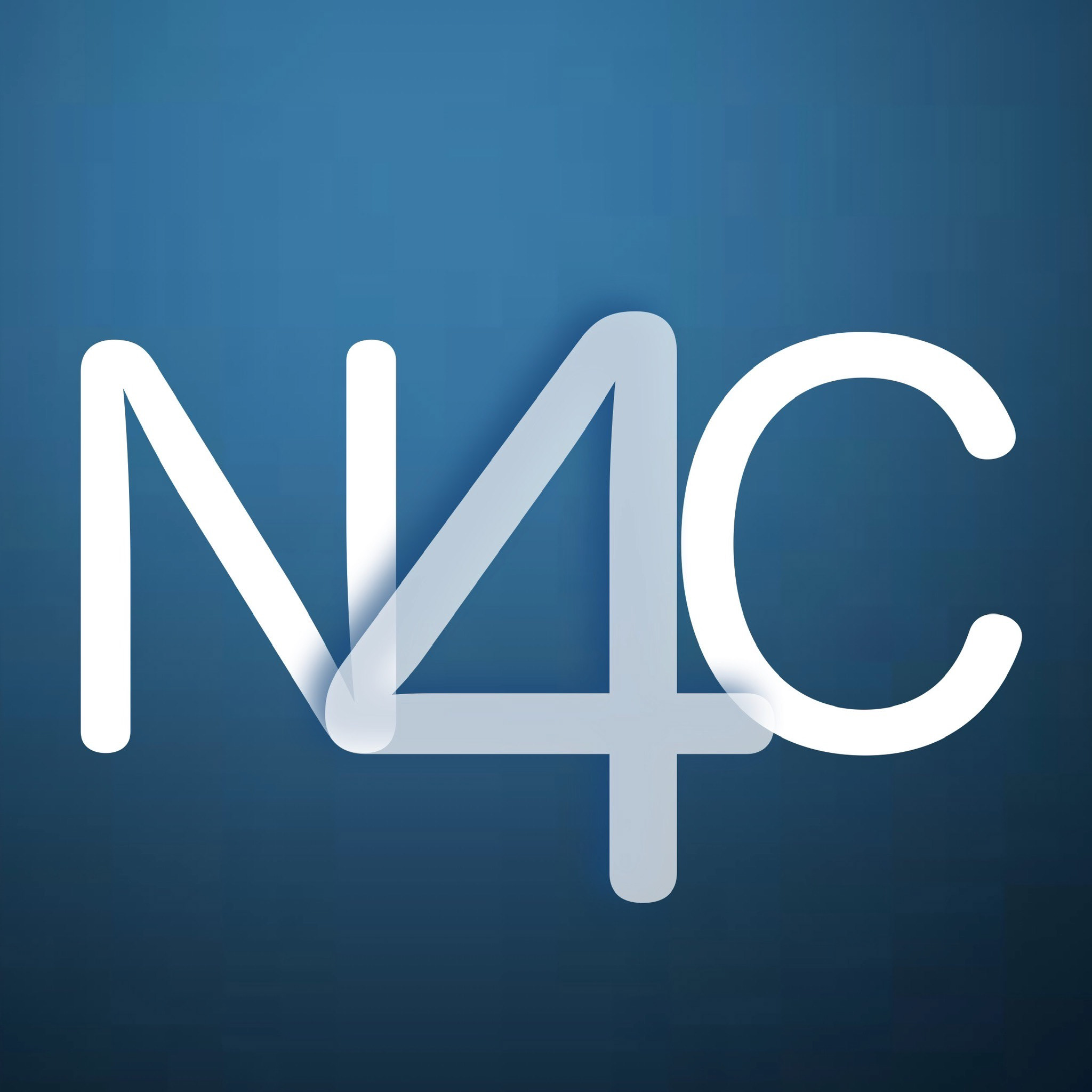During the past few weeks, I have felt really proud to be a Sydneysider.
Our city has been awash in rainbows and it was wonderful to see churches, cafes, government buildings and street corners decked out in rainbow colours and getting into the spirit of things. The celebrations came to a head last Sunday, when in a historic event, 50,000 Sydneysiders and visitors dressed in rainbow colours, marched across the Harbour Bridge to make a global statement for equality. It was a stunning morning; the vibe was electric and we were excited to be a part of it. For the LGBTQIA+ community who have felt marginalised, it was a powerful statement of acceptance and inclusion. It was a chance to come together as a community to challenge societal norms and the religious and societal prejudices of our times in a show of unity that honoured the desire of everyone to live their truth.
A bit of internet research revealed that the rainbow flag was first designed in 1978 by Gilbert Baker an openly gay man who said the flag was a symbol of visibility. Each colour has its own meaning—hot pink for sex, red for life, orange for healing, yellow for sunlight, green for nature, turquoise for art, indigo for harmony, and violet for spirit!
Watching the ABC Documentary Queerstralia I realised that while we have come a long way from the prejudice of the past, there is still have a long way to go.
The documentary shines a light on how the Queer community found strength in diversity as well as how hard it has been when you were criminalised for daring to demand the freedom to live an authentic life. People were murdered in Australia. People took their own lives. People lived in the closet and hid their truth and their partners from their families. The ABC website says that in the series, “you’ll meet gay diggers, lesbian convict gangs and trans pioneers, cross dressing bushrangers, legendary drag acts and the modern-day heroes who have fought for change and acceptance.”
Watching the series as well as speaking with a few indigenous Australians at various events I was reminded of the impact that British colonisation has had on creating homophobia. There are 67 jurisdictions in the world that criminalise same-sex sexual activity. Almost half of them are Commonwealth jurisdictions. Historically, sexuality in these countries as well as right here in the Indigenous communities was fluid rather than fixed. Generations of imposed Victorian morality has now entrenched these attitudes in many cultures that sadly are slow to embrace change.
If you flick through ancient texts like the Kama Sutra or travel to cities like Khajuraho you begin to understand that gender had always been fluid and nudity was considered a thing of beauty rather than of shame. While some of the draconian laws introduced by the colonisers have been overturned in India, it will take a lot longer for homophobic attitudes to transition in society. It was interesting to read that these laws were introduced to protect British soldiers from the ‘mystical and exotic’ cultures they were being transported too.
A show of rainbows in a city like Sydney goes a long way to help normalise diversity and gender fluidity. We can only hope that the world will continue to journey toward a place that is more inclusive and accepting of difference. While this has been a time of Pride and Celebration, the everyday reality for many people is very different. Being part of such celebrations is one of way of saying—I see you.
References
